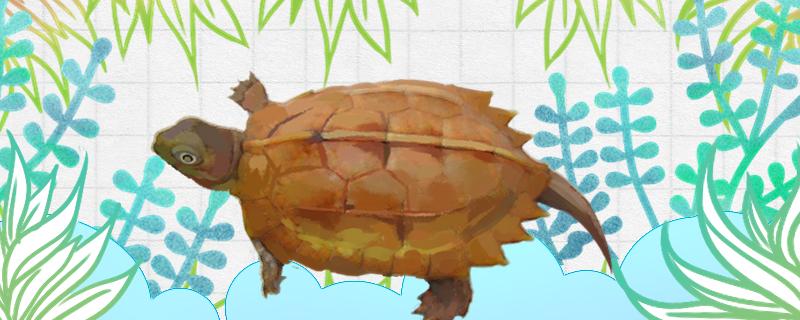 1. Can Maple Leaf Turtles be raised in water
1. Can Maple Leaf Turtles be raised in water Maple Leaf Turtles can be raised in water. They are semi-aquatic turtles and can live in water, but they cannot live in deep water, otherwise they may drown. If it is a family-raised maple leaf turtle, the height of water level should be controlled below the carapace. Maple leaf turtles are amphibious turtles, and breeders should prepare a land environment for them when breeding. If conditions permit, it can be half water environment and half land. The land environment can use moist fine sand and plant some green plants, which can mostly restore the wild environment. In addition, Maple Leaf Turtles have strong climbing ability, so it is best for breeders to prepare a deeper container for them, so that they will not climb out of the container.
2. How often do Maple Leaf Turtles feed1. Juvenile: It is best to feed Maple Leaf Turtles once a day, and it is best to feed them 80% full every time. Because they have a large demand for food and nutrition in childhood, if they can't guarantee adequate nutrition, it will affect their growth and development. Maple leaf turtles in their infancy can be fed more live bait, especially the food they are interested in, and try to feed as much as possible.
2. Adulthood: Maple leaf turtles can be fed once every 2-3 days, and they can be fed 6-70% full every time. Because the need for nutrients will decrease in adulthood, breeders can reduce the frequency and amount of feeding.